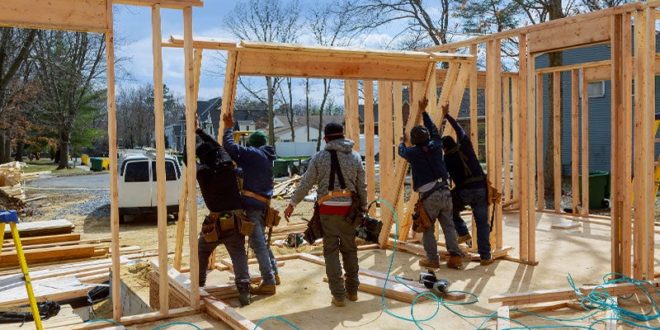
If your property is located anywhere where the temperature drops under 32 degrees, winterizing the crawl area is a need. The sole purpose of the crawl area winterization is to guarantee that your crawl area is operating at its best. The finest possible convenience for your house will also be provided by the winterization of the crawl area.
What is crawlspace winterization?
To winterize is to be ready for or have equipment for winter. In America, many crawl spaces are not ready for the next winter’s cold.
Installing suitable insulation and air sealing where it is most needed constitutes crawl space winterization. The crawl space is made up of a variety of parts, including rim joists, subfloors, and foundation walls. The majority of the areas, if not all of them, lack insulation, much less insulation, and air sealing. Your crawl space can nearly always be kept at a consistent temperature with proper winterization.
What are the Important Crawl Space Areas for Air Sealing and Insulation?
In order to properly winterize, we discovered many essential elements. This comprises the subfloor, rim joists, vents, and foundation wall. To regulate humidity and handle soil gases, weatherization in certain locations would need extra materials.
Crawl Space Inlet
The crawl area vents can be sealed and insulated to keep out cold air in the winter. In the summer, it will also keep warm, humid air out. Humidity cannot be controlled only by sealing the vents. Additionally, by itself, it won’t keep the crawl space warm in the winter. However, air sealing and insulating crawl space vents may significantly improve the crawl space’s weather resistance.
Insulation for foundation walls.
The temperatures of the outside air are immediately exposed to the foundation walls. Cold temperatures quickly transmit energy through the foundation walls to reduce the temperature in the crawl area. Many outside crawl space walls are neither internally nor externally insulated. Even fewer are airtight. Not every foundation wall needs to be insulated.
However, the outer walls of the crawl area are frequently penetrated by plumbing and HVAC systems in newer homes. To stop the chilly air from the outside, such huge openings must be air sealed. Installation of foam board or other forms of insulation for the foundation walls will aid in preventing the flow of cold energy into the crawl space.
Insulating the subfloor.
Subfloor insulation is necessary for ventilated crawl areas. Insulation for foundation walls can consequently take the place of underfloor insulation in sealed crawl spaces. If there is underfloor insulation in your crawl space, it doesn’t necessarily need to be removed unless it has been damaged. Insulation beneath the floor is harmed by mold and moisture. Subfloor insulation should be removed and disposed of if mold or moisture is present.
Insulation under the floor may be reinstalled after the crawl area is sealed, according to Energy.gov. However, insulation for foundation walls can take the role of underfloor insulation. Air sealing is essential for ensuring that the flooring is effectively winterized. Whether the crawl area has underfloor insulation or not, air sealing the subfloor is essential. Drafts will be significantly reduced by air-sealing significant floor gaps between the crawl space and the living area.
Insulation for rim joists.
Rim joist insulation is acknowledged as an “essential seal,” claims BuildingScience.com. The wooden space above the external foundation wall is known as the rim joist. Because of its close closeness to the cold and heat of the outdoors, this section of wood is prone to condensation. Many municipal code enforcement organizations mandate the installation of rim joist insulation.
Rim joist air sealing is typically not necessary, though. As a result of BuildingScence.com’s engineers’ strong endorsement, I concur. Rim joists can be air sealed and insulated to stop air from rising up external walls. Additionally, condensation-related mold and wood rot fungus can be avoided.
Final thoughts
You may save money by properly winterizing the crawl space. Although significant, we don’t think it is the main reason you should act. Making sure the crawl area is winterized properly will increase the comfort of your house and possibly even the quality of the air within. Any possible financial advantage of winterizing is considerably outweighed by the need to protect your family from poor indoor air quality besides the crawlspace cleanup in the summertime.
- Coinsmart. Europe’s Best Bitcoin and Crypto Exchange.Click Here
- Platoblockchain. Web3 Metaverse Intelligence. Knowledge Amplified. Access Here.
- Source: https://usgreentechnology.com/why-crawlspace-winterization-is-important-in-upcoming-winter/



